Novel hematite-derived photoanodes for photoelectrochemical (PEC) cells improve the efficiency of solar energy storage by water splitting.
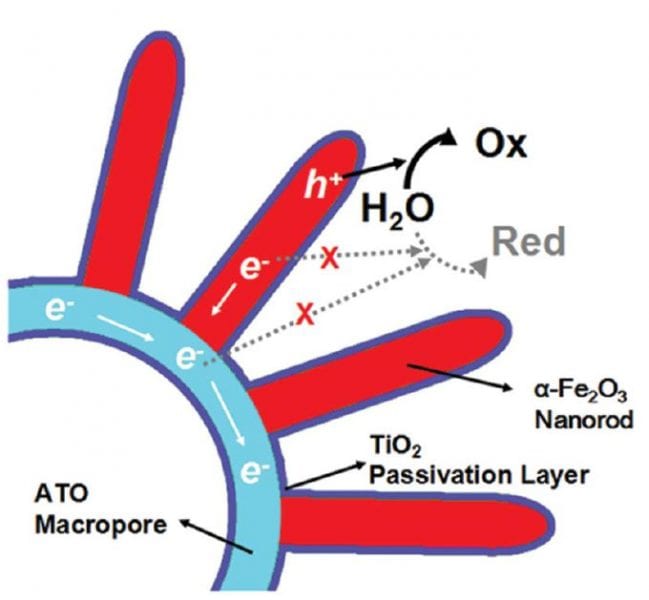

Novel hematite-derived photoanodes for photoelectrochemical (PEC) cells improve the efficiency of solar energy storage by water splitting.
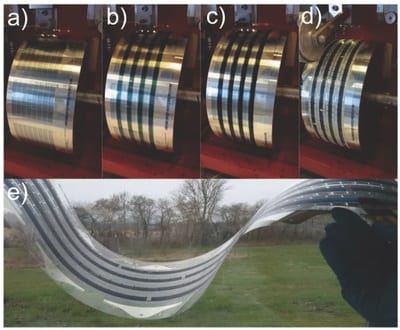
A new paper introduces a new fabrication method for fullerene-free organic solar cells to help address their limitations and improve production efficiency.
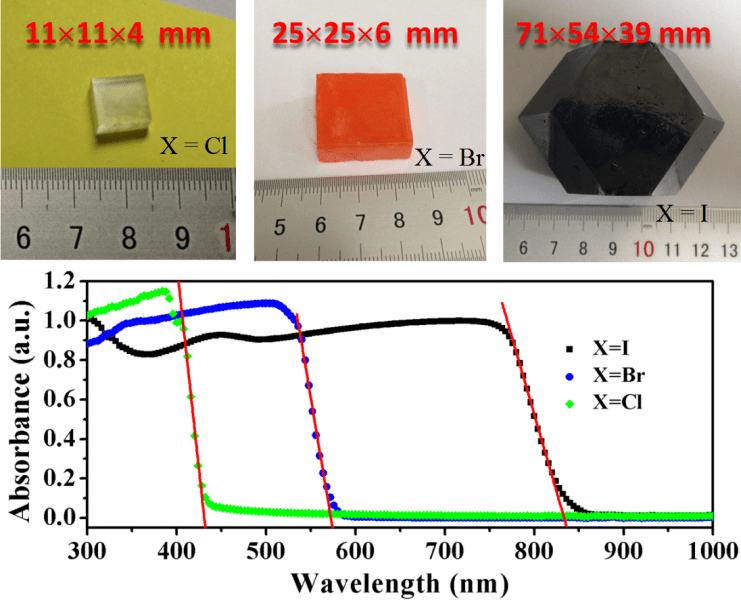
Scientists grow record-breaking two-inch size organolead halide perovskite crystals.
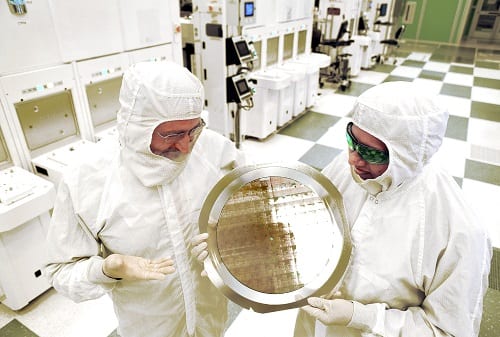
A development alliance produced the semiconductor industry’s first 7nm node test chips with functioning transistors.

A*STAR researchers develop batteries with enhanced performance and lower resistance, improved charge-discharge profile, and notable cycling stability.
Researchers reveal synergistic lubricating effects between phosphonium-alkylphosphate ionic liquids and a classic anti-wear additive.
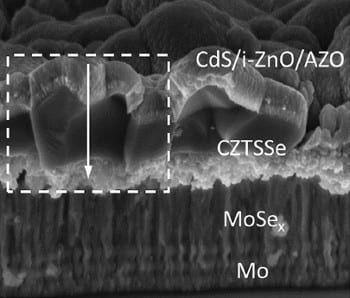
Thin-film light absorbers are fabricated using an inkjet printer, and show power-conversion efficiencies of about 6.4%.

Mercedes-Benz launches energy storage plants for private use.
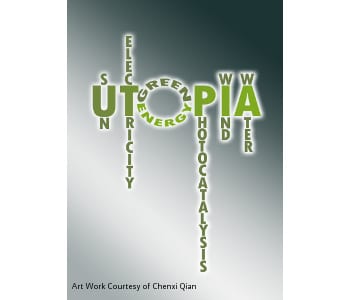
Could we be living without fossil fuels in just 30 years time? Professor Geoff Ozin looks at the likelihood of such a Utopian vision of the future.
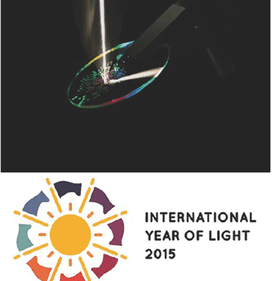
This review gives an overview how light-trapping mechanisms based on nanophotonics principles can enhance light absorption in thin-film solar cells.